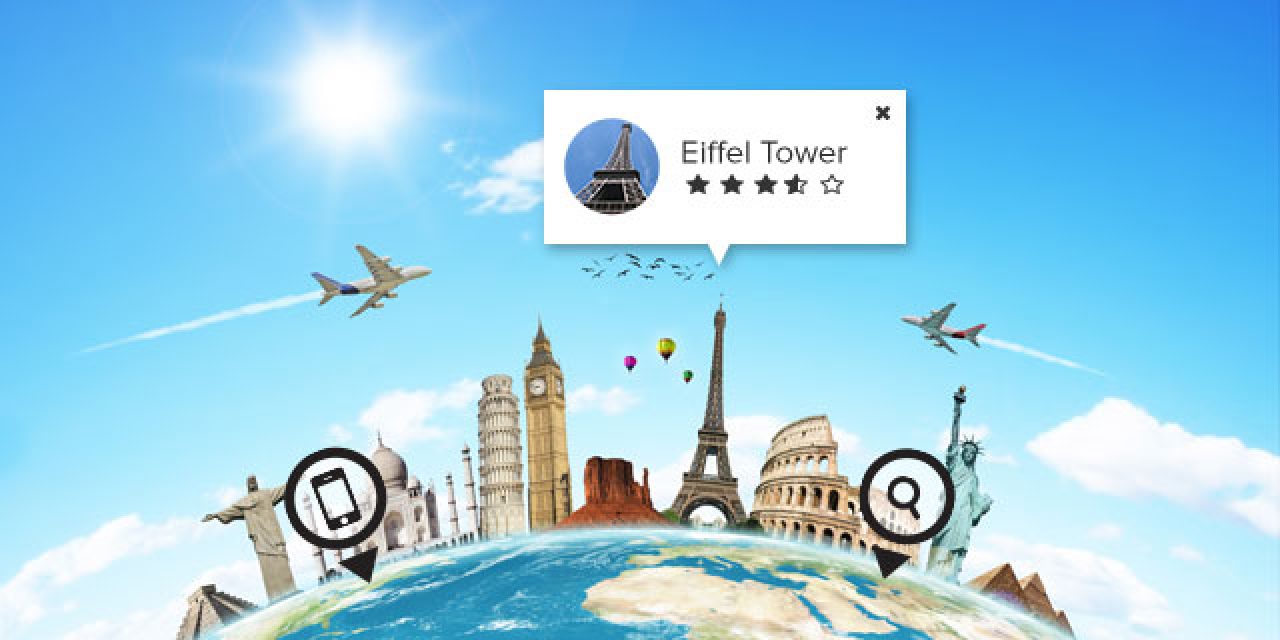This summer, Michael Thomas, one of Noble’s partners, asked if I’d step in for him and speak at the
2014 eTourism Summit in San Francisco. I agreed because I was eager to learn digital best practices from professionals who market destinations and attractions across the country.
In this first of two installments, I’ll highlight five things I learned at the Summit. These are best practices and conversation starters for everyone involved in destination marketing.
“The M Moment”
More than 50 percent of online users access the web via mobile devices. This has huge implications for destinations and attractions: a responsive website (that performs on any screen size) is critical. Need more proof? In the first half of 2014, 72 percent of Millennials used a mobile phone to plan travel (53 percent for Gen X, 26 percent for Boomers). Thanks, Miles Partnership.
App or mobile site
A pretty great, simple recommendation, also from Miles: apps are great for practical, functional tourism-related actions like checking in, unlocking a hotel room door, turning on the lights or TV in a hotel room after visitors have checked in; a responsive website is a best practice (see #1 above). A responsive site ensures better marketing and SEO results. A responsive site is future focused and more flexible than an app.
International travel is booming
According to a 10,000-person
international survey conducted by Destination Analysts more people from China, Brazil, Mexico, India and South Korea will travel internationally over the next year. The most desirable destination for them all? The United States. International visitors find
inspiration for choosing a destination from the opinions of their friends and relatives first, followed closely by travel content found online. When it comes to
planning that international trip, search engines, online travel agencies and visitor bureaus’ websites are top resources.
Dealing with reviews
TripAdvisor representative, Todd Skelton, shared that, while the majority of TripAdvisor reviews are positive (4 or 5 of those little green circles), businesses can manage negative reviews by responding (include a thank you, even if the review hurts), be original in the reply (nothing canned), address the specific complaints in a non-defensive way (“We are sorry your room was loud, next time, we hope you’ll request a room off of our tranquility courtyard…”) and be polite and professional in your response (“We always want our visitors’ experiences to be the best, we hope you’ll give us another chance to deliver that experience.”). By the way, following and tracking ratings is easy if your business is registered in TripAdvisor’s management center: it provides a pretty user-friendly dashboard that tracks reviews and notifies you when someone posts a review.
Note: TripAdvisor intends to expand beyond hotels to include ratings, and bookings for destinations’ activities, restaurants and tours. Yelp representative, Morgan Remmers, surprised the audience with the fact that 79 percent of Yelp reviews are positive with 3 stars or higher. Recommendations from Yelp were similar to those from TripAdvisor. The key takeaway: responding promptly to all reviews, including those that are negative, will ensure and even restore loyalty.
Increasing Organic Social Search
Amie Wong from the California Science Academy shared some best social practices: treat each social platform uniquely with different types of content, tones and offerings or CTAs (and test to figure out what works best on each platform); well written, good content is essential—don’t rely on self-promoting posts, try for brand-relevant content that will interest your audiences; it’s okay to say, ‘no’ to some requests to use social media if those requests don’t align with the platforms’ strategies you’ve set.
Read part two here
Learn more about how we create even better practices for
digital marketing in travel and tourism.
